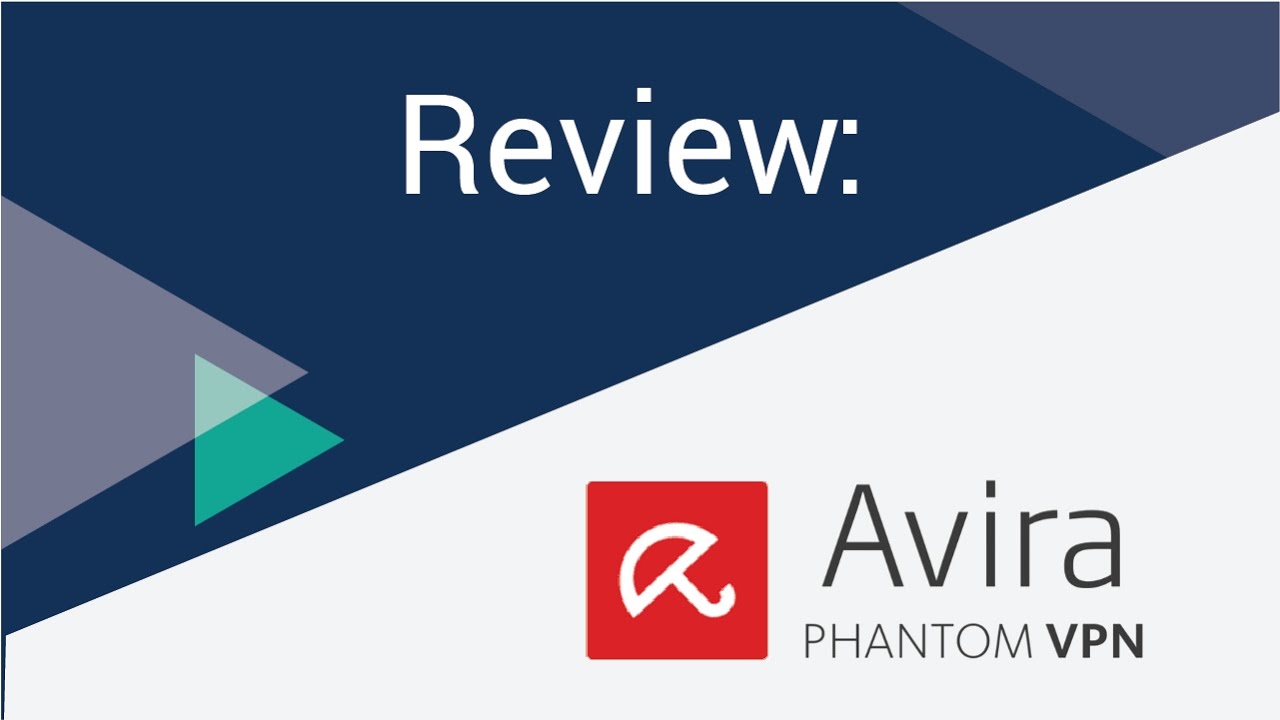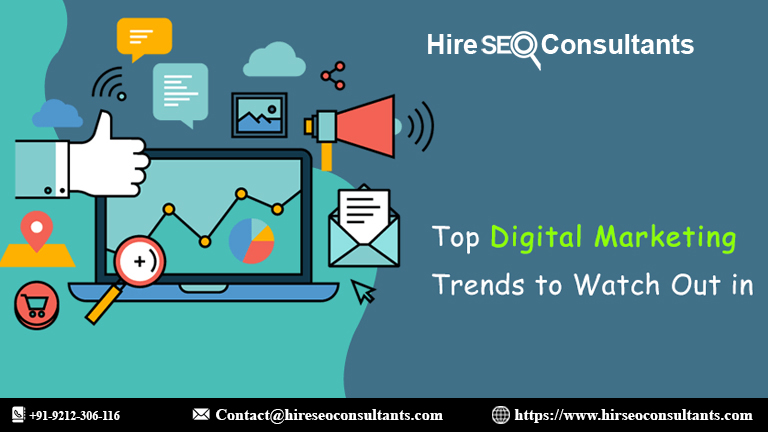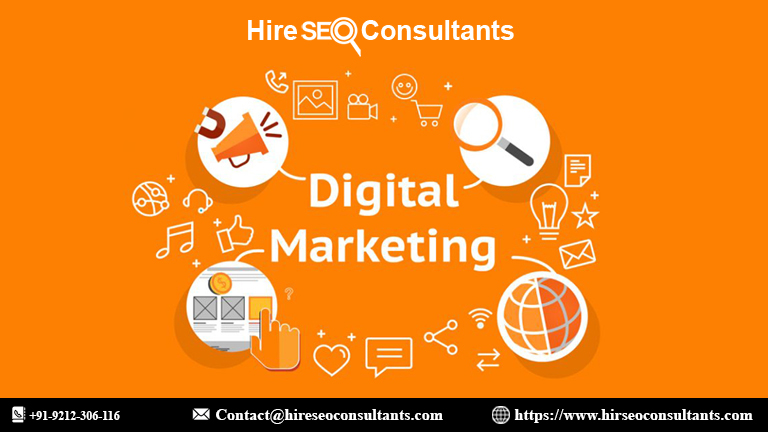The Impact of Technology Development on Employee Performance
The impact of technology development on employee performance is profound and multifaceted. It has ushered in a new era of efficiency

In an era defined by rapid technological advancement, the workplace is undergoing a profound transformation. From artificial intelligence and automation to data analytics and remote collaboration tools, technology is reshaping how we work, communicate, and innovate. Amid this digital revolution, the impact of technology development on employee performance is a topic of paramount importance. In this 2000-word exploration, we will delve into the ways technology is influencing and enhancing employee performance in the modern workplace.
The Digital Transformation of the Workplace
Before delving into the impact, it's essential to recognize the context in which this transformation is taking place. The digital transformation of the workplace is characterized by several key trends:
1. Automation and AI Integration
Automation and artificial intelligence (AI) are becoming integral parts of many industries. Tasks that were once manual are now automated, allowing employees to focus on more complex and creative aspects of their work.
2. Remote Work and Collaboration Tools
The COVID-19 pandemic accelerated the adoption of remote work, highlighting the importance of collaboration tools like video conferencing, project management software, and cloud-based document sharing. These tools enable seamless communication and teamwork, regardless of physical location.
3. Big Data and Analytics
The abundance of data generated by digital systems has given rise to data analytics. Organizations can now make data-driven decisions, optimize processes, and gain insights into employee performance and customer behavior.
4. Flexible Work Arrangements
Technology has enabled greater flexibility in work arrangements, including flextime, telecommuting, and gig work. Employees can tailor their schedules to better suit their lifestyles and responsibilities.
5. Continuous Learning and Development
Digital learning platforms and e-learning modules are making continuous learning more accessible. Employees can upskill and reskill to stay competitive in the job market.
Positive Impact on Employee Performance
The impact of technology development on employee performance is multifaceted, with numerous positive outcomes:
1. Increased Efficiency
Automation and AI technologies can handle repetitive and time-consuming tasks, allowing employees to focus on more strategic and value-added work. This results in increased efficiency and productivity.
2. Enhanced Collaboration
Collaboration tools facilitate communication and knowledge sharing among remote and dispersed teams. Employees can collaborate on projects in real-time, leading to faster decision-making and problem-solving.
3. Access to Information
Technology provides easy access to a wealth of information. Employees can quickly research, gather data, and access resources to make informed decisions and complete tasks more effectively.
4. Personalized Learning
Digital learning platforms offer personalized training and development opportunities. Employees can choose courses and resources that align with their career goals and learning preferences.
5. Better Work-Life Balance
Flexible work arrangements enabled by technology contribute to better work-life balance. Employees can tailor their schedules to accommodate personal commitments, reducing stress and burnout.
6. Remote Work Opportunities
Technology allows employees to work remotely, reducing the need for lengthy commutes and increasing job satisfaction. Remote work can also tap into a global talent pool, enhancing diversity and expertise within organizations.
7. Data-Driven Decision-Making
Data analytics empowers organizations to make informed decisions about workforce management. Insights into employee performance can lead to targeted improvements and resource allocation.
8. Innovation
Technology fosters a culture of innovation. Employees can easily collaborate on creative projects, access cutting-edge tools, and stay updated on industry trends, all of which contribute to innovative solutions and products.
Potential Challenges and Considerations
While technology development has brought about numerous benefits, it also presents challenges and considerations for employee performance:
1. Technological Overload
An abundance of digital tools and information can lead to technological overload. Employees may struggle to manage multiple apps and systems, affecting productivity and well-being.
2. Digital Distractions
The same technologies that enhance productivity can also be sources of distraction. Social media, constant notifications, and email overload can divert employees' attention from their tasks.
3. Learning Curve
Introducing new technologies often requires a learning curve. Employees may initially struggle to adapt to new systems or tools, impacting their performance until they become proficient.
4. Privacy Concerns
The collection and analysis of employee data for performance evaluation raise privacy concerns. Organizations must establish transparent data practices and ensure that employees' rights are respected.
5. Mental Health Implications
Remote work and digital communication can lead to feelings of isolation and stress. Organizations must prioritize mental health support and maintain a strong sense of community among remote teams.
Strategies for Maximizing the Impact
To harness the positive impact of technology development on employee performance while mitigating challenges, organizations can implement several strategies:
1. Training and Education
Invest in comprehensive training programs to ensure employees are proficient in using technology tools. Continuous learning opportunities keep employees updated and engaged.
2. Digital Well-being
Promote digital well-being by encouraging employees to set boundaries for digital use, take regular breaks, and practice mindfulness. Provide resources for managing stress and maintaining work-life balance.
3. Data Transparency
Be transparent about how employee data is collected, used, and protected. Ensure compliance with data privacy regulations and obtain informed consent for data collection.
4. Collaboration Culture technology development
Cultivate a collaborative culture where employees are encouraged to share ideas and work together, both digitally and in person. Foster a sense of belonging and community within remote teams.
5. Performance Metrics
Use data analytics to track and assess employee performance. Develop key performance indicators (KPIs) that align with organizational goals and provide regular feedback to employees.
6. Cybersecurity Awareness
Educate employees about cybersecurity best practices to protect sensitive data and maintain a secure digital environment.
7. Flexibility and Inclusivity
Offer flexible work arrangements that accommodate diverse needs and preferences. Consider the accessibility of digital tools to ensure inclusivity for all employees.
The Future of Employee Performance
As technology continues to advance, the impact on employee performance will evolve. Here are some future trends to consider:
1. Artificial Intelligence and Decision Support
AI-driven decision support systems will assist employees in making complex decisions and identifying opportunities for improvement.
2. Augmented and Virtual Reality
AR and VR technologies will enhance training, simulations, and remote collaboration, offering immersive experiences that improve learning and problem-solving.
3. Predictive Analytics
Predictive analytics will be used to forecast workforce trends, enabling proactive talent management and resource allocation.
4. Human-Machine Collaboration
The concept of human-machine collaboration will become more prominent, with employees working alongside intelligent machines and robots.
5. Emphasis on Soft Skills
As technology handles routine tasks, the value of soft skills like creativity, emotional intelligence, and adaptability will rise, shaping the future of employee performance evaluation.
A Digital Path Forward technology development
The impact of technology development on employee performance is profound and multifaceted. It has ushered in a new era of efficiency, collaboration, and personalization in the workplace. As organizations navigate this digital landscape, they must strike a balance between harnessing the benefits of technology and addressing its challenges.
The future of employee performance is intricately linked to our ability to adapt, innovate, and prioritize the well-being of the workforce. By fostering a culture of continuous learning, digital well-being, and data transparency, organizations can empower employees to thrive in an increasingly digital world.
What's Your Reaction?


















